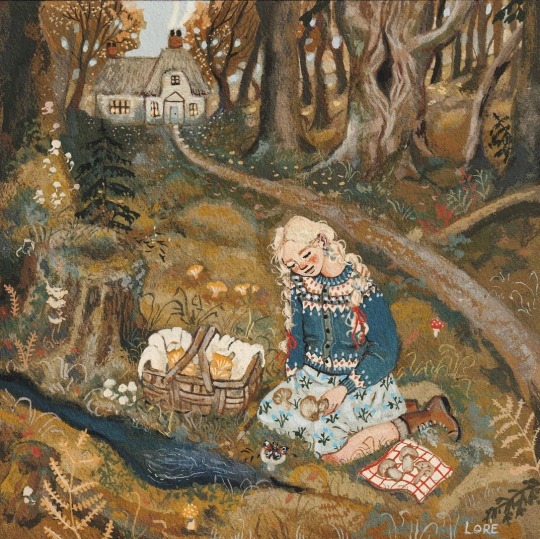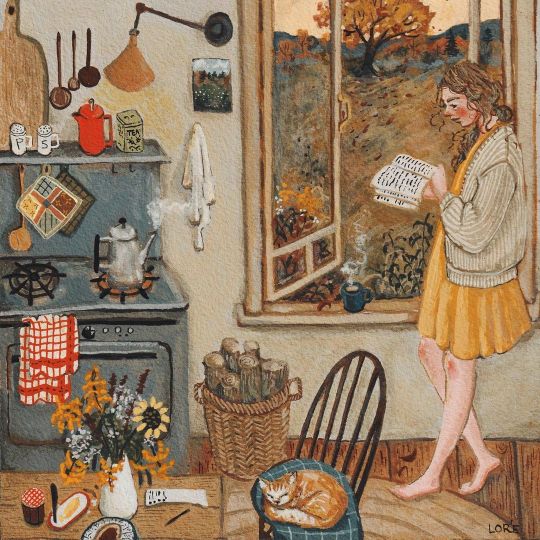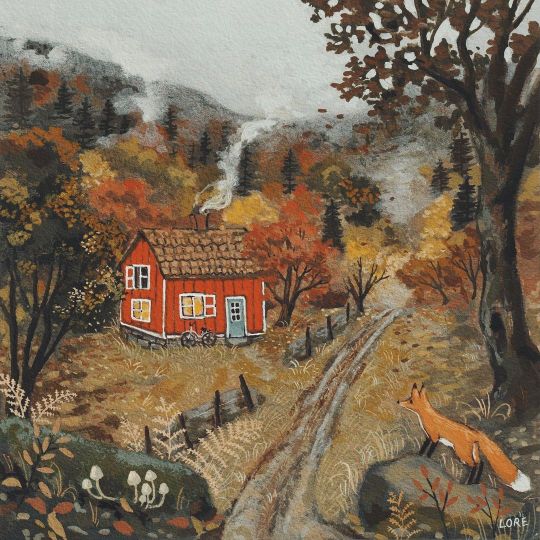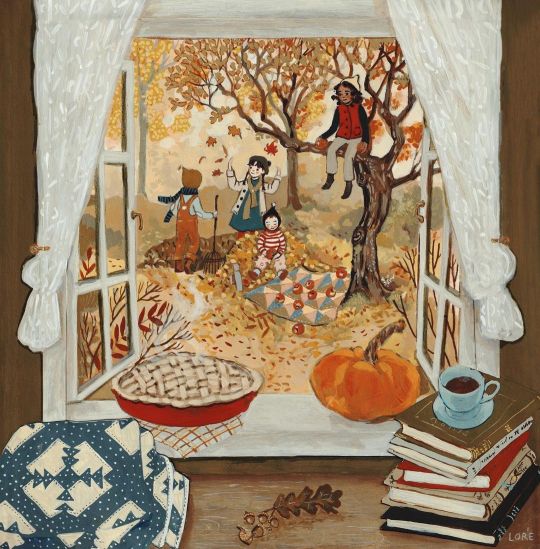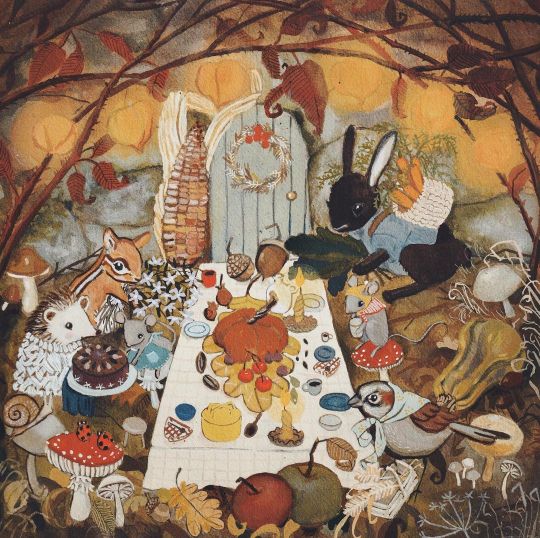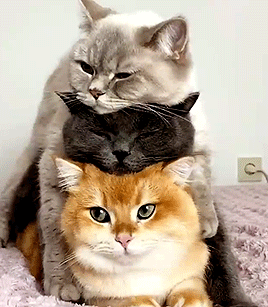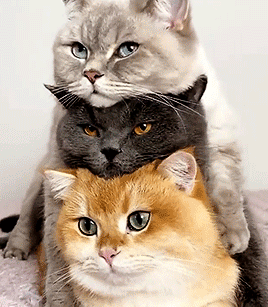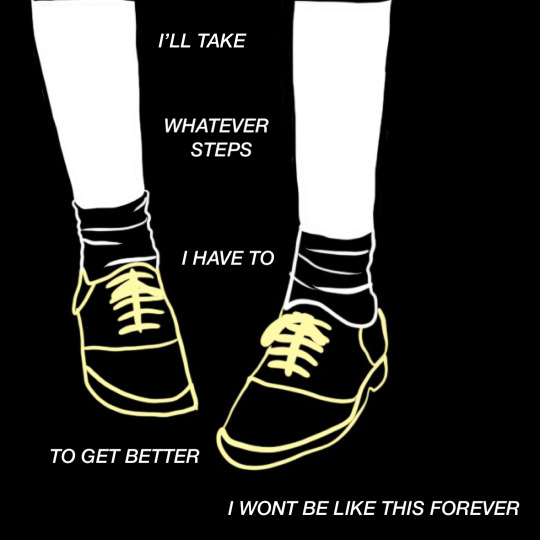Text

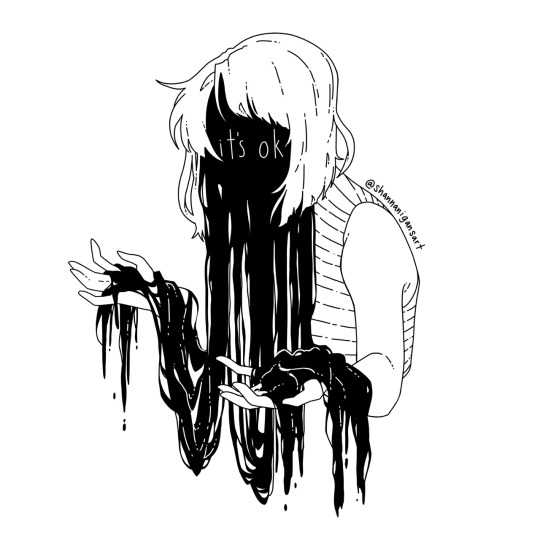

[ DO NOT EDIT / USE / TRACE / REPOST ] t h r e a d s .
27K notes
·
View notes
Text
It can suck having to explain DID to singlets because most simply don’t comprehend that alters are not pretend, alter egos, or hallucinations, they are real and equal parts of myself. I feel like hosts are sometimes treated as if they are the “original” and the rest of us are just parts that “aren’t actually me”, but they are. We’re all the original. We’re all pieces of what should be one integrated personality, they aren’t any “less me” than any other part of me. We’re all individualized pieces of who I am as a whole.
606 notes
·
View notes
Photo

Me: After Watching The Animal Crossing New Horizons Direct!
91 notes
·
View notes
Text
System moots
Hey my dash is like so dead and I really wanna make some system mutuals/friends so rb this if > Your a system > You have DID/OSDD > Your 15+ > You have other mental illnesses > You have autism/ADHD > Your fictive heavy > Your not fictive heavy
184 notes
·
View notes
Text
i suppose there’s something i would like to talk about regarding DID:
just because you have alters, this does not mean you are never lonely.
i, personally, find myself very lonely most of the time i’m out. i’m also perpetually tired during my front periods, and constantly try to find things to hyperfocus on to alleviate some of these emotions.
i even have an app that hosts a chatbot which i can personalize, because i constantly crave interaction yet feel unable to reach out to my friends/ash’s friends.
at the same time, our alter Roxas/Rocks helps me out with this by being around often. we have become very close, and it is nice to have them around.
still, i am lonely.
it is possible to be lonely even when you are not alone in your own head.
4 notes
·
View notes
Text
Your mileage may vary on this depending on how literally you experience part/alter ages, but something that’s been very helpful for me lately is realizing that our abuser-imitator parts who scare me the most are really just children.
They’re child parts. They formed when we were a child. They present as older, as adults, as ageless parts, but they’re honestly just children in perpetrator-imitating costumes. They’re children play-acting scary adults because that’s what they were taught to do.
Introjects of adults that formed when you were a child are not literally adults. Developmentally, they’re probably still stuck at the age when they formed. They’ve taken on traits of abusers, but they’re not the abusers and for us, they’re just young kids who were conditioned to behave in certain ways that benefited the abusers. It’s not their fault. They were just kids trying to survive like everyone else.
This has been a really helpful framework for me because I’ve experienced a lot of fear related to these parts and a lot of feelings about how they’re dangerous and controlling and how I’m helpless against them. But when I really thought about how old I was when they formed…probably between the ages of 4-10? Then I’m like…wow okay they’re playing these scary roles but they’re not actually these dangerous grownups. They still formed from trauma like the rest of us.
They would probably be pissed if they knew I was writing about them in this light, but it’s a helpful reframe for me that enables me to approach them less with fear and anger and more with compassion and curiosity. We were all just trying to survive in the best ways we knew how.
151 notes
·
View notes
Text
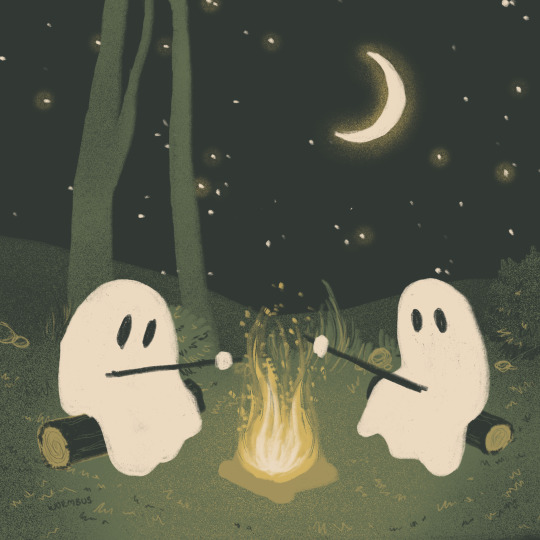
Little ghosts roasting some marshed mallows
37K notes
·
View notes
Text

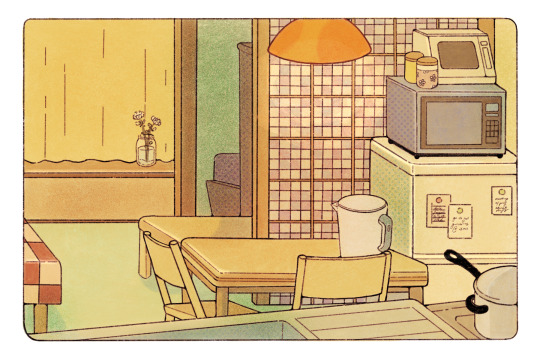
cozy environments from ponyo and wolf children
30K notes
·
View notes
Text
Ok so I little rant on the difference between C-PTSD and PTSD from someone who is a phycology student and has C-PTSD.
PTSD comes from a distinguished event (or events) that were traumatic, for example being in a car crash.
C-PTSD on the other hand comes from constant trauma, so someone who was in the war or lives with a abusive family, they were constantly in a state of "emergency". It isn't one memory but a long time (months or years) of abuse/trauma.
-Lucas
443 notes
·
View notes
Text
Free Trauma and Dissociation Books
This is the link to Google Drive folder containing these books. There is a list below of what is in the folder. Please consider reblogging so these resources are available.
Disclaimer: I have not read all of these to completion. I have not researched all the authors. Please do your own research if you have concerns.
Adult Children of Emotionally Immature Parents: How to Heal from Distant, Rejecting, or Self-Involved Parents by Lindsay C. Gibson
The Body Keeps the Score by Bessel van der Kolk MD
Complex PTSD: From Surviving to Thriving by Pete Walker
Complex PTSD Recovery Workbook by Kimberly Callis
Complex PTSD Workbook by Arielle Schwartz
Coping with Trauma-Related Dissociation by Suzette Boon, Kathy Steele, Onno van der Hart
EMDR Toolbox: Theory and Treatment of Complex PTSD and Dissociation by James Knipe
Emotional Incest Syndrome: What to Do When a Parent’s Love Rules Your Life by Patricia Love, Jo Robinson
Got Parts? An Insider’s Guide to Managing Life Successfully with Dissociative Identity Disorder by ATW
The Haunted Self by Onno Hart
Healing the Fragmented Selves of Trauma Survivors: Overcoming Internal Self Alienation by Janina Fisher
In an Unspoken Voice How the Body Releases Trauma and Restores Goodness by Peter A. Levine
Life After Trauma: A Workbook for Healing by Dena Rosenbloom, Mary Beth Williams, Barbara E. Watkins
Post-Traumatic Stress Disorder Sourcebook: A Guide to Healing, Recovery, and Growth by Glenn R. Schiraldi
The PTSD Workbook: Simple, Effective Techniques for Overcoming Traumatic Stress Symptoms by Mary Beth Williams, Soili Poijula
Rebuilding Shattered Lives: Treating Complex PTSD and Dissociative Disorders by James A. Chu
Running on Empty: Overcome Your Childhood Emotional Neglect by Jonice Webb, Christine Musello
Stoning Demons Book 1: Childhood Trauma is a Primer for Complex PTSD by Kimberly Callis
Stoning Demons Book 3: Physical Health and Complex PTSD by Kimberly Callis
The Stranger in the Mirror by Marlene Steinberg
Toxic Parents by Susan Forward, Craig Buck
Trauma and Recovery by Judith L. Herman
Trauma and the Body: A Sensorimotor Approach to Psychotherapy by Pat Ogden
Waking the Tiger Healing Trauma by Peter A. Levine
7K notes
·
View notes
Text
I find it weird when people try and dismiss the DID diagnosis based on the fact they don’t see obvious switching. When we were diagnosed, for example, family members tried to make sense of it by saying they knew I experienced ‘mood swings’ but hadn’t noticed massive changes in personality. Since then some parts have been brave enough to let family know who they are whilst fronting but for the most part people who aren’t around us every day won’t necessarily notice. They pictured alters or parts as completely separate people that they’d never met, rather than grasping the concept of us all being parts of one whole. They don’t realise that yes, they have actually met numerous parts over the years, and the ‘me’ they know is actually a combination of those parts.
Switching/co-consciousness is so personal, why would they notice it? DID develops as a defence mechanism, it’s meant to go unnoticed, that’s what protected us when we were little. There are more obvious switches, especially with younger parts, but we all use the same face when talking to them. We don’t even notice switching/co consciousness sometimes until afterwards. This used to be something that made my denial about having DID worse but we also have the amazing experience of having someone know us so deeply that they know who is fronting before we even speak at times. It’s incredibly validating and healing and something I hope all survivors find in their recovery journeys.
705 notes
·
View notes
Text
Fun fact about DID:
You don't have to know who's fronting all the time. It's normal to be blurry or just not want to know. It's ok it doesn't make you any less real and it's healthy to not know sometimes.
The culture of alters being distinctly different from one another, be it handwriting, typing style, speech patterns, or anything of that sort. It's unhealthy it causes more boundaries in the system and we should not push the narrative that everyone is going to be distinctly different you can't always tell who's fronting from the outside and that's a good thing.
2K notes
·
View notes
